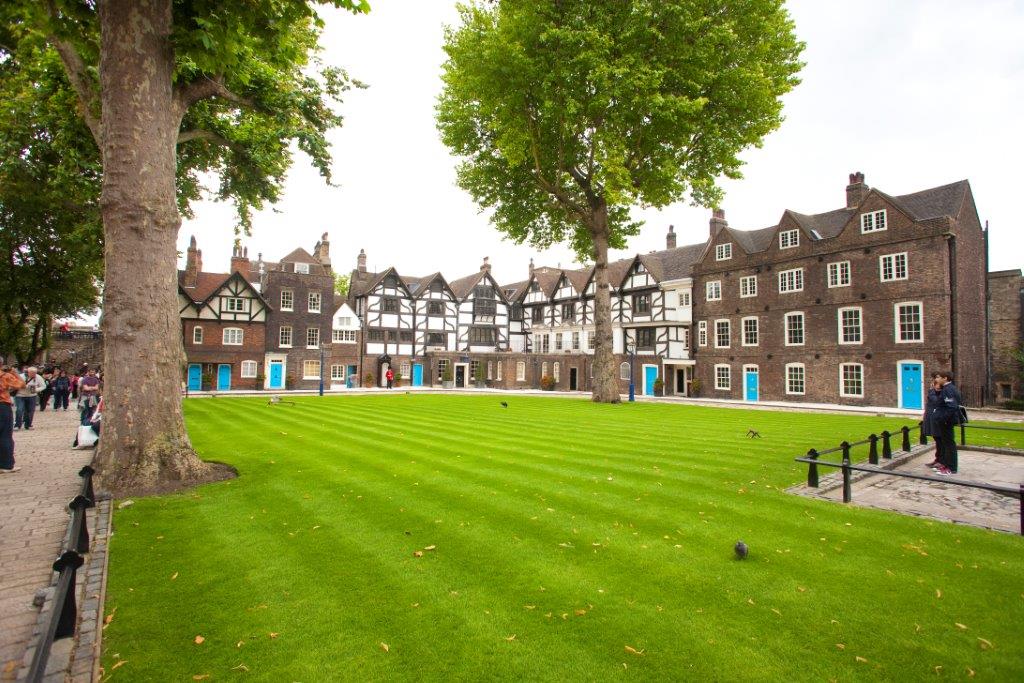The Tudors and the Tower
Chapter 6 : End of an Era
The closing years of Elizabeth’s reign saw a growing number of prisoners in the Tower, as the increasingly suspicious queen and her ever-vigilant ministers seized upon any threat to her regime. They included the handsome young courtier, Robert Devereux, Earl of Essex. He was thirty years younger than the queen but paid court to her like a lover. He fell dramatically from favour, however, in 1599 when he defied her express command to quell a rebellion in Ireland and instead concluded a humiliating truce. In desperation, Essex gathered together a body of supporters and launched a badly-organised revolt against Elizabeth and her council. This soon ended in ignominious defeat, and Essex and Southampton were conveyed to the Tower, along with eighty of their followers. A verdict of treason was swiftly passed, and Essex awaited his fate in the Devereux Tower.
But legend has it that the disgraced earl made one last attempt to regain his royal mistress’s favour. It was said that in happier days, Elizabeth had given him a ring, assuring him that if ever he returned it, he would be forgiven, no matter what his crime. Leaning out of the Devereux Tower, he saw a pageboy passing by and threw the ring to him, begging him take it to Lady Scrope, a friend of his at court. But instead, the boy gave it to Lady Nottingham, the wife of one of Essex’s fiercest enemies. Realising its significance, Lady Nottingham hid the ring away, determined that the Queen would never know of it.
Having received no reprieve, Essex went to his death on 25 February 1601. He had at least been afforded the privilege of a private execution within the Tower’s walls – although the axeman botched the job and it took three blows to sever the Earl’s head. Two years later, so the story goes, Lady Nottingham confessed her secret to Elizabeth as both women were close to death. The anguished queen cried: ‘God may forgive you – but I never can.’
Elizabeth had commissioned a report on the condition of the Tower in 1597, and it is thanks to the detailed plan it contained that we know so much about the layout of the fortress at the end of the Tudor period. But the queen chose not to commission the repairs that were so obviously needed. Understandably, perhaps, she had never shown any inclination to stay at the fortress that had witnessed her mother’s execution and her own imprisonment. By the time of her death in 1603, the palace buildings at the Tower were virtually uninhabitable.





